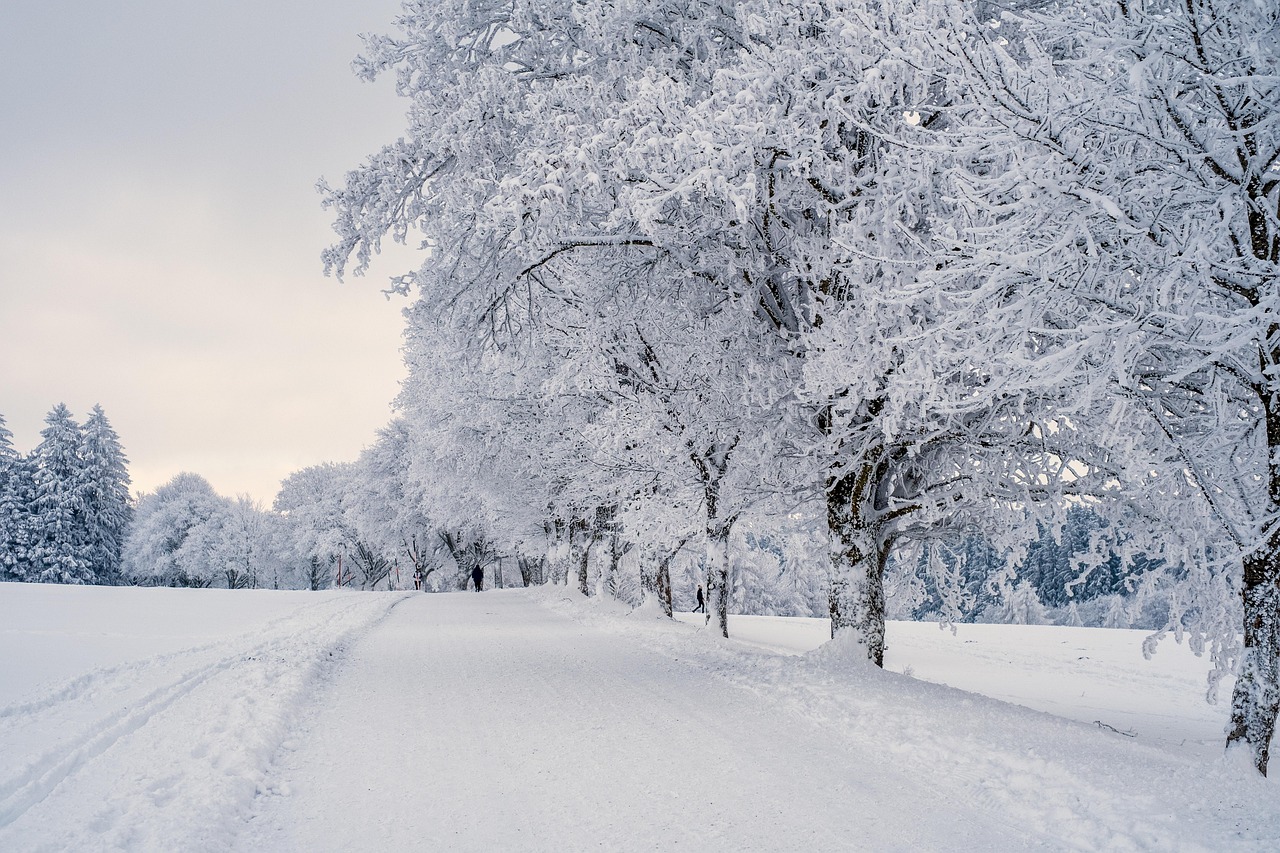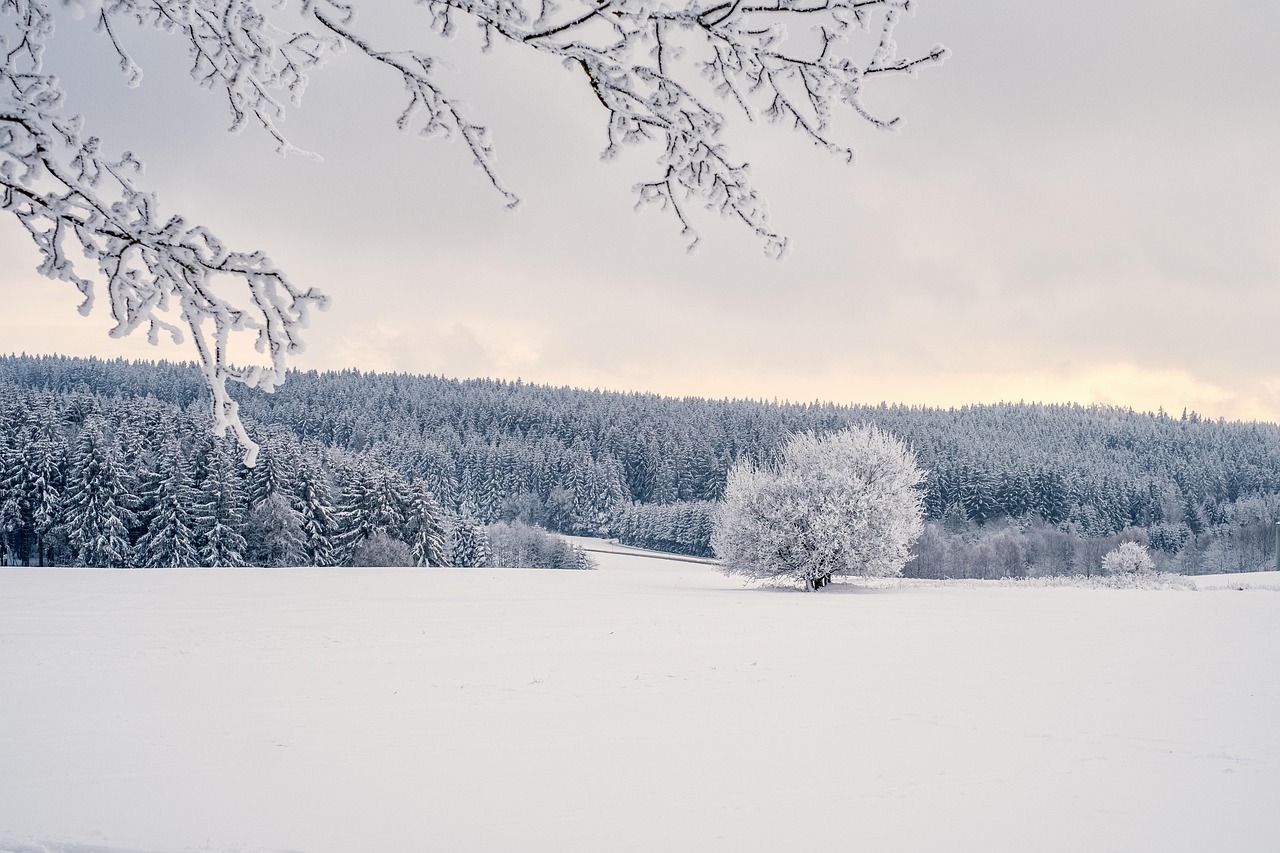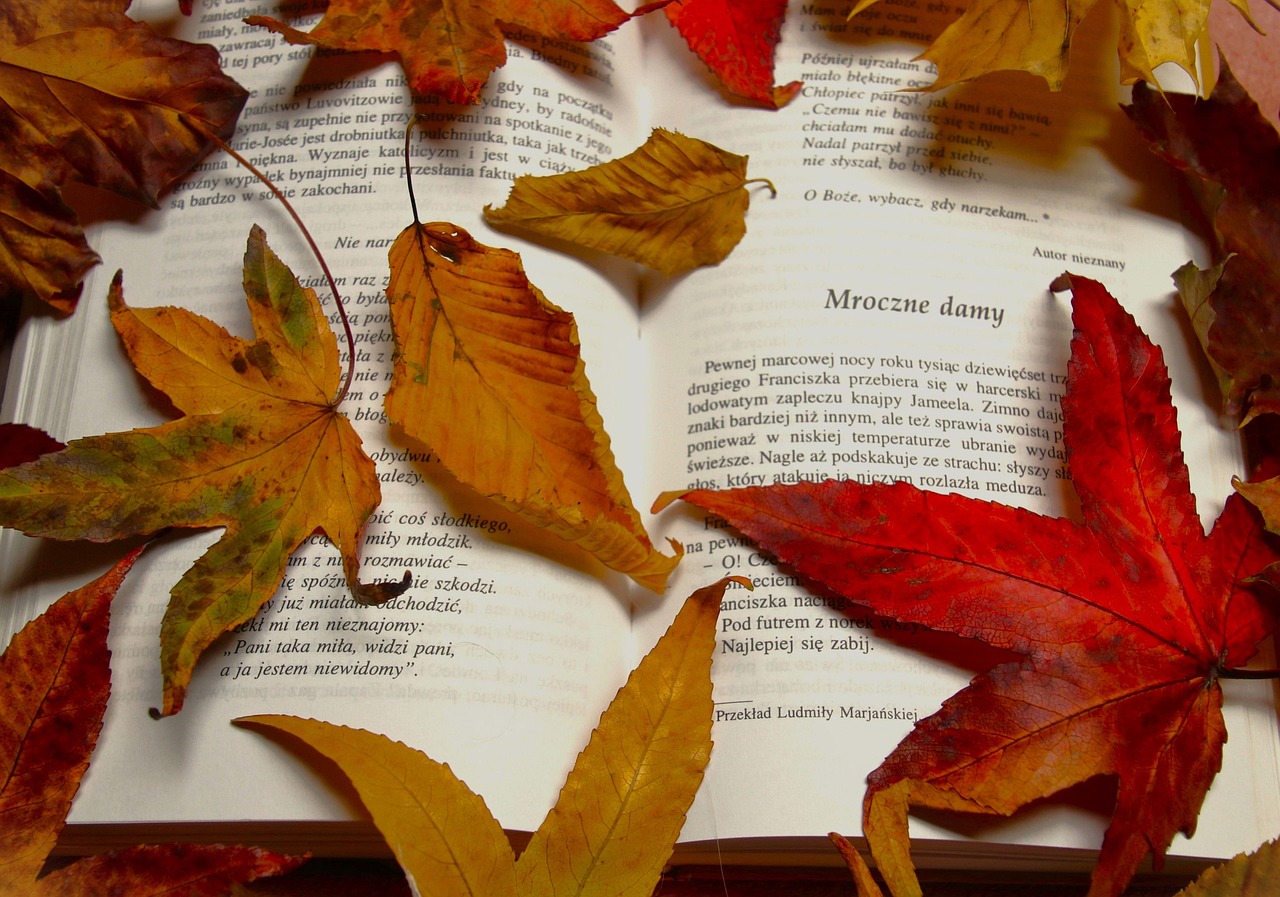Trees symbolize strength, resilience, and growth in Maya Angelou’s poetry. They reflect her personal experiences of overcoming adversity, embodying hope and the potential for renewal. Through vivid imagery, Angelou intertwines trees with themes of identity, heritage, and the human experience.
Maya Angelou, a renowned poet, memoirist, and civil rights activist, often drew from her rich experiences to create powerful literary works. Her writing reflects her journey through hardship and triumph. Trees frequently appear in her poems and prose, serving as potent symbols of life and continuity. For Angelou, trees represent not only the natural world but also the interconnectedness of all living beings and the strength found in roots and growth.

The presence of trees in Angelou’s writing can evoke a sense of nostalgia and connection to her childhood. Growing up in Arkansas, she experienced the beauty of nature firsthand. These early encounters likely shaped her appreciation for trees and their significance in her work. In many cultures, trees are revered for their ability to provide shelter, sustenance, and a sense of belonging. This symbolism resonates throughout Angelou’s poetry, where she often reflects on her own identity and heritage.
The Symbolism of Trees in Angelou’s Work
Trees are more than just a backdrop in Angelou’s poetry; they are central to the themes she explores. They signify endurance and the passage of time, echoing her own life experiences. The imagery of trees can be seen as a metaphor for personal growth and resilience in the face of adversity. Through her verses, she emphasizes the importance of standing tall despite life’s challenges.
In examining the role of trees in her poetry, we can identify several key themes:

- Resilience: Trees withstand storms and harsh conditions, symbolizing strength in overcoming obstacles.
- Growth: The life cycle of trees mirrors personal development and transformation.
- Roots: Trees illustrate the importance of heritage and connection to one’s ancestry.
- Hope: The renewal of tree leaves each season reflects optimism and new beginnings.
Angelou’s use of tree imagery often reveals deep personal reflections. In her poem “A Brave and Startling Truth,” she speaks about the “tree” that stands tall despite the winds of change. This metaphor serves to remind readers that strength can emerge from difficult situations. The tree becomes a symbol of both individual and collective perseverance.
In addition to personal symbolism, trees also represent broader cultural themes. They connect to African American history and heritage, embodying a sense of continuity through generations. The act of remembering one’s roots is a recurring motif in Angelou’s work. She emphasizes the importance of acknowledging where one comes from as a foundation for building the future.
Understanding Angelou’s Personal Connection to Trees
Maya Angelou’s connection to trees extends beyond mere literary devices; it is deeply personal. Her formative years were spent in rural settings where nature played a significant role in her upbringing. This connection is reflected in her writing style, which often intertwines natural imagery with emotional depth.

To understand this connection more thoroughly, we can look at some key aspects of her life:
| Aspect | Description |
|---|---|
| Childhood | Angelou spent part of her childhood in rural Arkansas, surrounded by nature. |
| Cultural Heritage | Her African American heritage influences her depiction of trees as symbols of strength. |
| Life Experiences | Her struggles with racism and trauma are mirrored in the resilience of trees. |
This blend of personal experience and cultural significance enriches Angelou’s poetry. Her ability to convey complex emotions through the simplicity of nature allows readers to connect with her work on multiple levels.
The Role of Nature in Maya Angelou’s Poetry
Nature plays a crucial role in Maya Angelou’s poetry, serving as a backdrop for her exploration of identity and resilience. Among the various elements of nature, trees stand out as significant symbols. They represent not only the physical world but also the emotional landscapes that Angelou navigates in her writing.

Angelou often uses the imagery of trees to reflect the themes of growth and renewal. In her poems, trees can symbolize various stages of life, mirroring human experiences. The changing seasons, for instance, can represent the cycles of hardship and healing. This dynamic relationship between nature and emotion allows readers to engage deeply with her work.
Imagery and Symbolism in Specific Poems
Several of Angelou’s poems incorporate tree imagery not just as decorative elements, but as vital symbols that enrich the text’s meaning. Here are a few notable examples:
- “Still I Rise”: In this empowering poem, trees symbolize resilience. Just like a tree bends but does not break, Angelou emphasizes her strength in overcoming adversity.
- “The Complete Collected Poems of Maya Angelou”: This collection features multiple references to trees, illustrating various themes such as growth, struggle, and triumph throughout her life.
- “A Brave and Startling Truth”: Here, the metaphor of a tree standing tall despite challenges denotes hope and perseverance for humanity.
In these poems, the imagery of trees reinforces Angelou’s messages about strength, dignity, and resilience, making them resonate with readers on a personal level.
The Connection Between Trees and Heritage
The theme of heritage is deeply woven into Maya Angelou’s writing. Trees serve as powerful symbols of ancestry and cultural roots. The idea of being grounded in one’s heritage parallels the way trees are rooted in the earth. This connection is particularly significant for Angelou, who often reflects on her African American heritage and the collective experiences of her community.
Angelou’s portrayal of trees often evokes a sense of belonging and identity. By emphasizing the importance of roots, she underscores how personal history shapes who we are. This theme can be further explored through the following aspects:
- Legacy: Trees symbolize the passing down of stories and traditions from one generation to the next.
- Cultural Identity: The roots of a tree can represent one’s ties to culture and heritage, reinforcing a sense of pride.
- Connection to Nature: Trees remind us that we are part of a larger ecosystem, connecting individuals to their environment and community.
This connection to heritage is essential in understanding Angelou’s work. It provides context for her reflections on identity and belonging while celebrating the richness of African American culture.
The Influence of African American Folklore
Maya Angelou’s writing is often infused with elements of African American folklore, where trees hold significant meanings. These stories and traditions often portray trees as symbols of wisdom and strength. This influence is evident in Angelou’s poetry, where she draws from historical narratives to convey deeper truths.
Folklore often depicts trees as witnesses to history, embodying the struggles and triumphs of those who came before. This connection is vital in her poetry, where trees become vessels for remembering the past while envisioning a hopeful future. Some key points to consider include:
- Historical Significance: Trees have long been used in African American folklore as symbols of resilience against oppression.
- Storytelling: The act of storytelling is often intertwined with nature, where trees serve as settings for tales that convey cultural wisdom.
- Healing: Trees are often seen as places of solace and reflection, offering comfort in times of sorrow.
This rich tapestry of folklore adds depth to Angelou’s work, allowing her to communicate complex themes through accessible imagery. By incorporating these elements into her poetry, she connects her personal narrative to a broader cultural narrative.
Tree Imagery in Maya Angelou’s Life Journey
Maya Angelou’s life journey is rich with experiences that inform her poetry. The imagery of trees often parallels her own path, illustrating the themes of growth, survival, and transformation. As she navigated through significant challenges, the metaphor of trees allowed her to articulate her resilience and strength.
The representation of trees in Angelou’s work frequently embodies her personal narrative. Trees symbolize the various stages of her life, from childhood to adulthood. The way trees grow and change with the seasons mirrors her own evolution as a person and an artist. Key moments in her life can be reflected through specific tree imagery, allowing readers to understand her journey on a deeper level.
The Growth Metaphor
The metaphor of growth is vital in understanding how Angelou incorporates trees into her poetry. Just as trees grow from small seeds into towering figures, so too does Angelou’s narrative reflect personal development and transformation. Here are some ways this metaphor manifests in her writing:
- Personal Development: Each stage of a tree’s growth can mirror Angelou’s own experiences, from innocence to wisdom.
- Overcoming Adversity: Trees endure harsh weather and conditions, symbolizing how Angelou faced and overcame her own life challenges.
- Flourishing Creativity: The flourishing leaves and blossoms of a tree reflect Angelou’s prolific output and artistic expression.
This metaphorical framework allows readers to see how Angelou’s personal struggles and triumphs are intertwined with the natural world. Each poem becomes a reflection of her journey through life’s complexities, encapsulated within the imagery of trees.
The Interconnection of Trees and Community
Trees also symbolize community and connection in Maya Angelou’s poetry. Much like trees that form forests, individuals come together to create a support system. This interconnectedness is a recurring theme in her work, emphasizing the importance of solidarity among people.
Angelou’s depiction of trees serves to remind readers of their place within a larger community. This theme is particularly relevant given her advocacy for civil rights and social justice. Several aspects highlight this connection:
- Support Systems: Just as trees provide shelter for various forms of wildlife, communities must support one another through difficulties.
- Shared Experiences: Trees often symbolize shared histories and collective struggles, resonating with Angelou’s reflections on her own background.
- Unity: The way trees grow together in a forest illustrates the strength found in unity, which is echoed in Angelou’s calls for solidarity.
This focus on community adds another layer to the symbolism of trees in Angelou’s poetry. By portraying trees as communal entities, she emphasizes the strength found in togetherness, encouraging readers to foster meaningful connections with one another.
Environmental Awareness in Angelou’s Writing
Maya Angelou’s work also reflects an awareness of environmental issues. Through tree imagery, she communicates a sense of responsibility toward nature and the environment. This connection is significant, as it ties into broader themes of sustainability and respect for the earth.
Angelou’s reverence for nature can be observed in the following ways:
- Nature as a Teacher: Trees serve as symbols of learning and wisdom, teaching us about patience and resilience.
- Legacy for Future Generations: By highlighting the importance of trees, she advocates for environmental stewardship, emphasizing the need to protect nature for future generations.
- Interconnectedness: The relationship between humans and nature is mirrored in tree imagery, reminding readers of their responsibility to care for the earth.
This environmental consciousness enriches her poetry by aligning personal growth with ecological themes. It encourages readers to consider their relationship with nature while reflecting on their own life journeys.
Maya Angelou’s Influence on Environmental Themes
Angelou’s exploration of tree symbolism has influenced many writers and poets who came after her. Her ability to intertwine personal narratives with themes of nature has inspired a new generation to explore similar motifs in their writing. This impact can be seen across various literary works that draw from nature to convey deeper human experiences.
Moreover, Angelou’s advocacy for social justice provides a framework within which environmental issues can be viewed through a lens of equality and equity. This connection enhances the relevance of her work in discussions about environmentalism today.
| Influence | Description |
|---|---|
| Literary Legacy | Angelou’s use of nature imagery has inspired poets to explore similar themes in their works. |
| Environmental Advocacy | Her focus on trees highlights the need for environmental consciousness in literature. |
| Cultural Connection | Angelou’s themes bridge personal narratives with broader cultural and environmental issues. |
This legacy ensures that Angelou’s exploration of trees will continue to resonate with readers and writers alike, encouraging ongoing dialogue about the importance of nature in understanding human experiences.
Angelou’s approach to tree imagery further emphasizes the universal themes of growth and resilience, which resonate with a diverse audience. Her ability to weave personal experience with broader cultural narratives creates a rich tapestry of meaning that invites readers to reflect on their own lives. This connection to nature influences not only her poetry but also her prose, where trees often serve as anchors for her stories, grounding her experiences in the natural world.
Another significant aspect of Angelou’s writing is how she challenges societal norms through her depictions of trees. By using the symbolism of trees, she critiques systems of oppression and advocates for freedom and self-expression. In many ways, trees serve as a metaphor for liberation, representing the possibility of breaking free from societal constraints, much like how a tree extends its branches toward the sky.
The Legacy of Trees in Angelou’s Work
The legacy of trees in Maya Angelou’s poetry and writing extends beyond her own experiences. It speaks to the collective human experience, highlighting how nature can serve as a source of inspiration and solace for many. The recurring themes of resilience, growth, and connection found in her work encourage readers to find their strength in adversity while fostering a deep appreciation for the natural world.
Angelou’s influence is seen across various literary genres, inspiring writers to explore similar themes within their own works. Her ability to connect the personal with the universal makes her poetry relatable and timeless. As a result, many contemporary poets draw upon nature, particularly tree imagery, to express their own struggles and triumphs.
The intersection of nature and humanity in Angelou’s work also prompts discussions about environmental justice. By emphasizing the importance of trees as symbols of resilience and community, she encourages readers to consider their role in caring for the environment. This connection highlights the need to protect natural resources, ensuring that future generations can benefit from the beauty and strength of nature.
Final Thoughts
Maya Angelou’s exploration of trees in her poetry and writing serves as a powerful metaphor for resilience, growth, and interconnectedness. Through her vivid imagery and profound insights, she highlights the significance of nature in shaping identity and fostering community. Trees are not merely decorative elements in her work; they embody deep emotional truths and reflect the complexities of human experiences.
The impact of Angelou’s use of tree imagery continues to resonate today. Her work inspires readers to reflect on their relationships with nature, community, and themselves. By embracing the lessons that trees symbolize—strength in adversity, the importance of roots, and the beauty of growth—her poetry encourages individuals to navigate their journeys with courage and hope.
In summary, trees play a vital role in Maya Angelou’s poetry and writing, serving as symbols that encapsulate her life experiences and cultural heritage. The themes she explores through tree imagery resonate across generations, reminding us all of our shared connections and the importance of nurturing both ourselves and the world around us. As we reflect on her work, we are invited to cultivate our own resilience and embrace the transformative power of nature.
